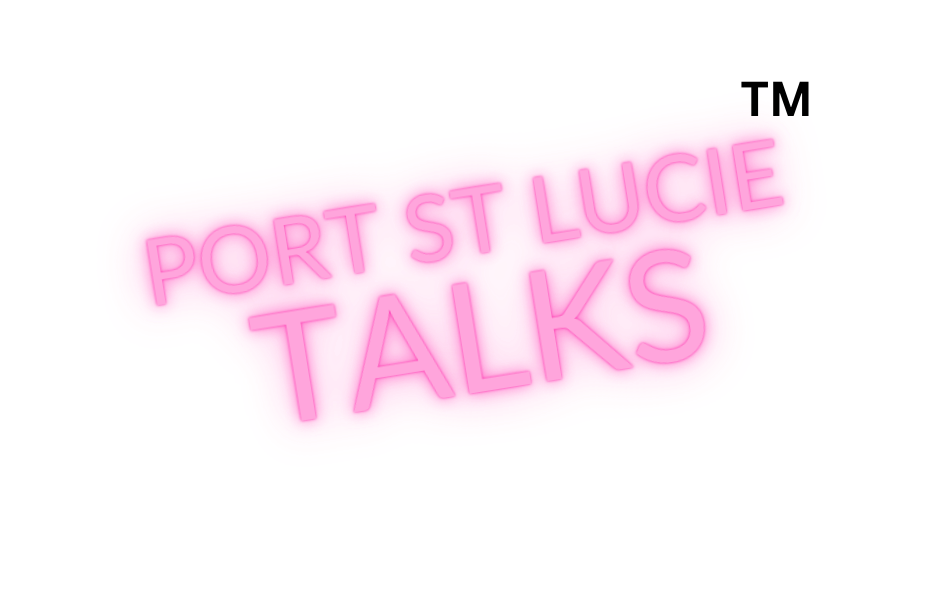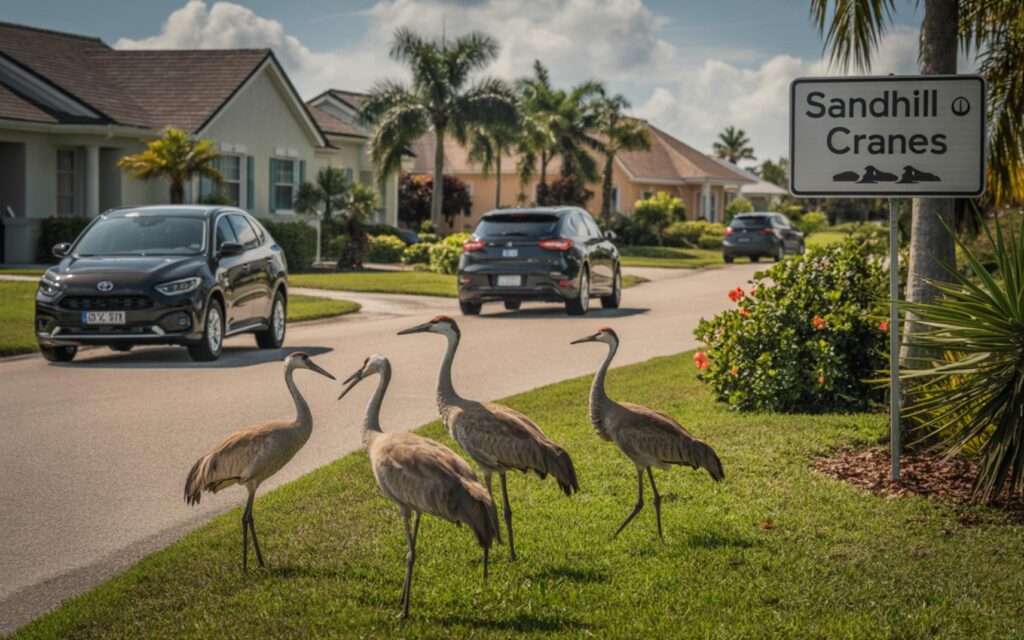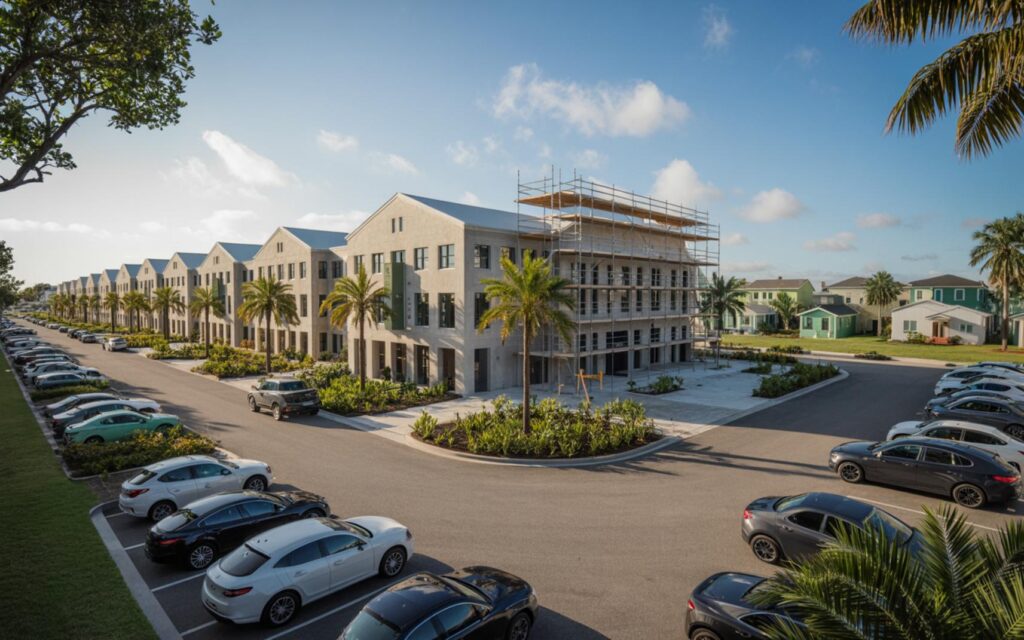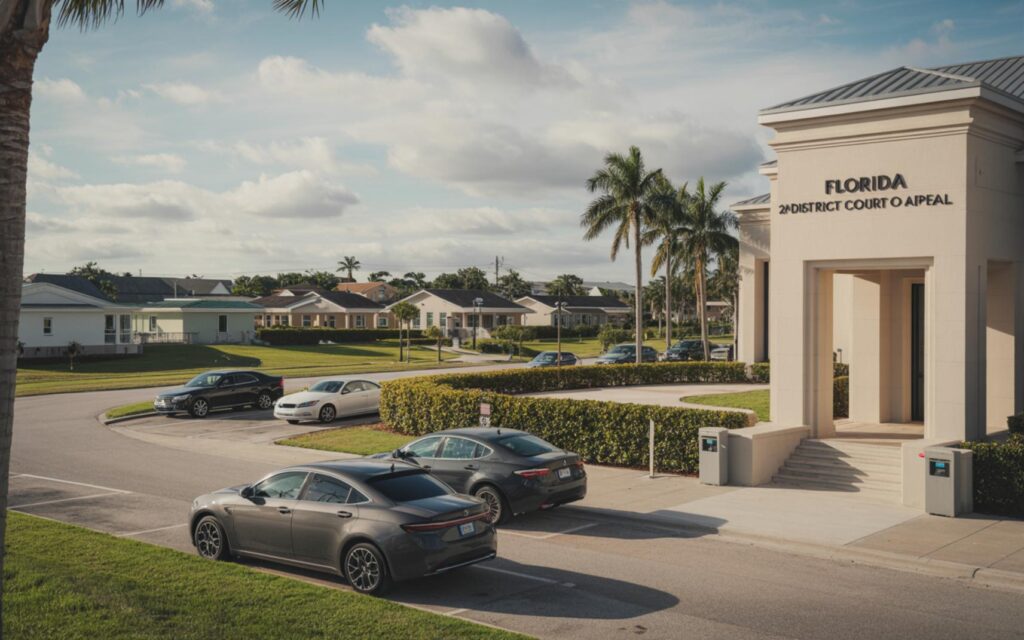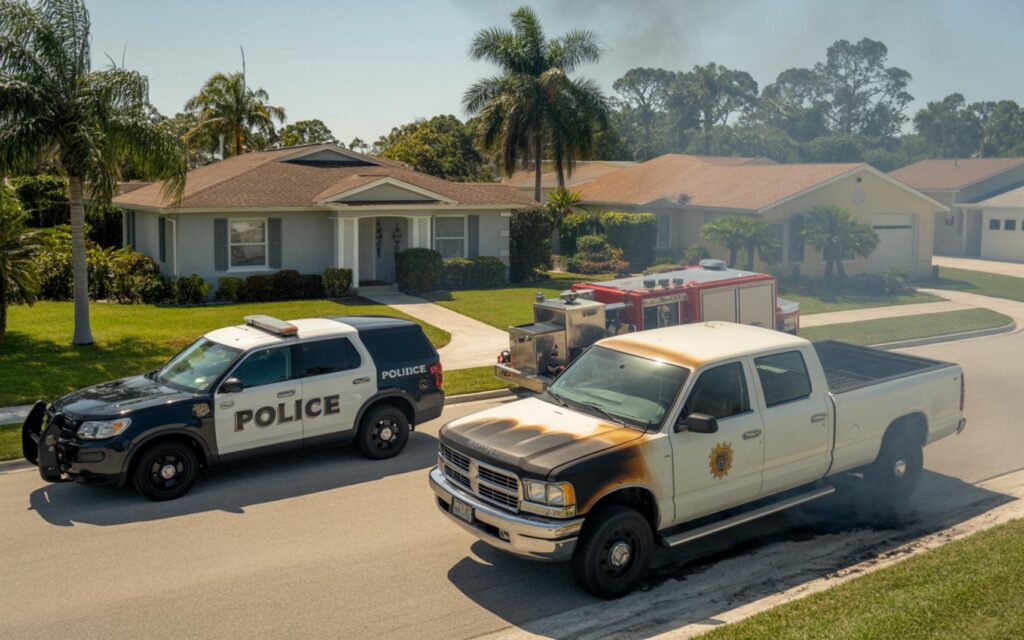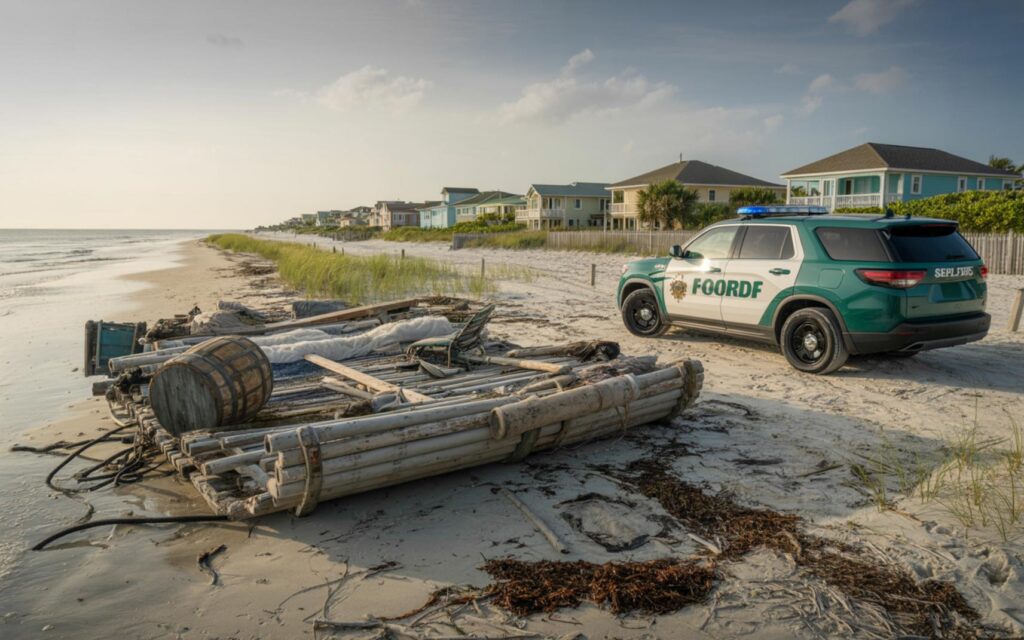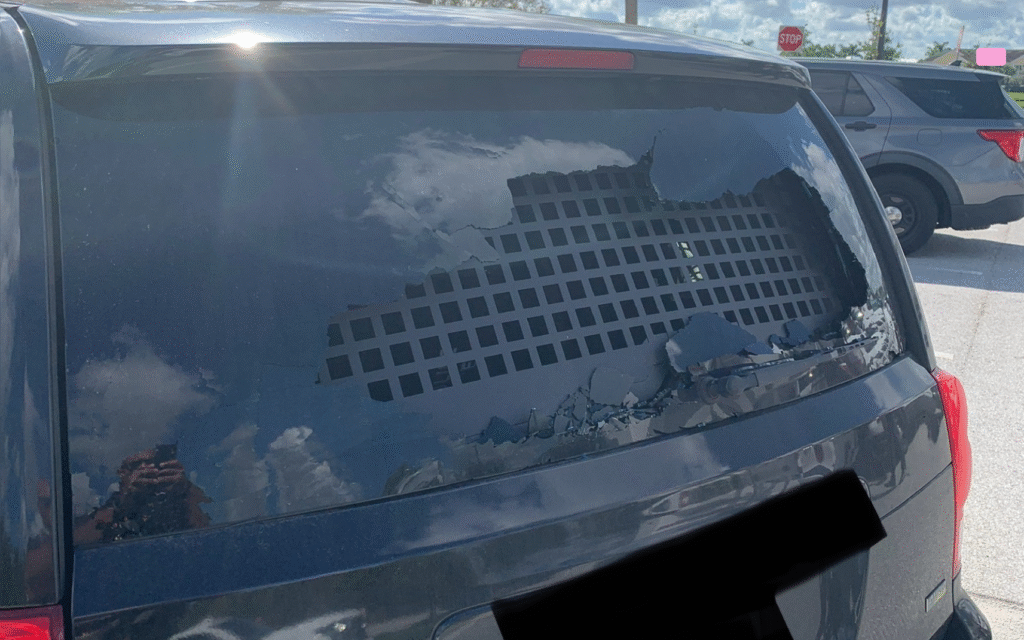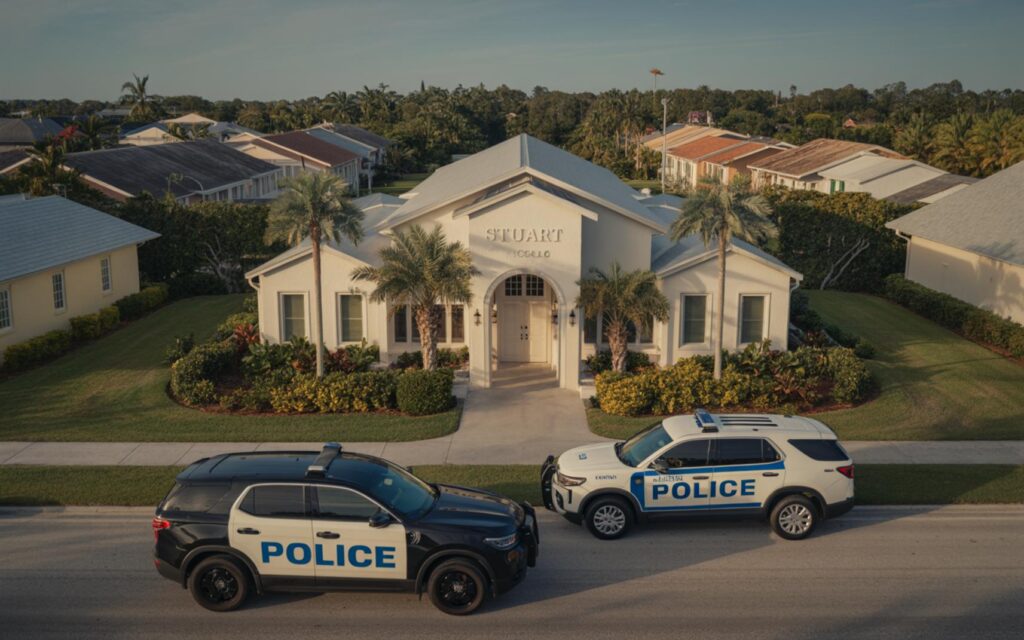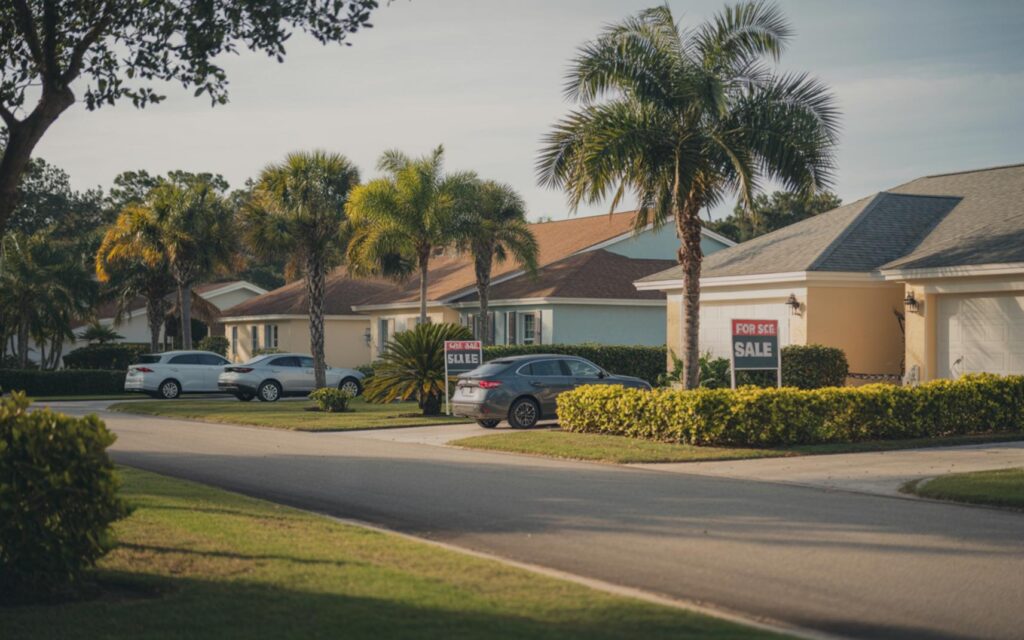Sandhill crane populations on the Treasure Coast are drawing attention as these iconic birds, considered a threatened species in Florida, appear to be thriving in St. Lucie, Martin, and Indian River counties. The sandhill crane is protected under the U.S. Migratory Bird Treaty Act and is state-listed as threatened, but local observations suggest a strong presence throughout the region.
Sandhill Crane Status on the Treasure Coast
According to the Florida Fish and Wildlife Conservation Commission (FWC), the sandhill crane is officially recognized as a threatened species in Florida. This designation is based on concerns about habitat loss and other environmental pressures statewide. However, residents and birdwatchers on the Treasure Coast frequently report sightings of these birds, particularly along Indian River Drive and Green River Parkway in St. Lucie and Martin counties. In addition to cranes, visitors are often delighted by the presence of other wildlife, such as manatees in Moore’s Creek, Fort Pierce, which further highlights the region’s rich biodiversity.
Local watchdog reporter Wicker Perlis notes that sandhill cranes are a common sight in the area, often spotted in neighborhoods and natural preserves. This contrasts with reports from other parts of Florida, where populations remain under closer watch due to ongoing threats.
Why Sandhill Cranes Matter to the Treasure Coast
The sandhill crane holds a special place in the natural landscape of the Treasure Coast. According to FWC, these birds are closely associated with Florida’s wetlands and grasslands, making them a symbol of the region’s unique ecosystems. Their presence is seen as an indicator of healthy, preserved natural areas.
Many residents, including newcomers to the area, express appreciation for the opportunity to observe sandhill crane families as they raise their chicks. These experiences highlight the importance of maintaining habitats that support both wildlife and the region’s quality of life. The commitment to protecting native species is also reflected in local advocacy efforts, such as those by Port St. Lucie residents advocating for a manatee protection zone in the C-24 Canal, demonstrating widespread community involvement in conservation.
Statewide Protection and Local Observations
FWC classifies the sandhill crane as a state-designated threatened species, which means they receive special protections under Florida law. The U.S. Migratory Bird Treaty Act also provides federal protection. Despite these measures, the species faces challenges from habitat loss, increased development, and traffic hazards.
According to FWC, sandhill cranes are especially vulnerable during nesting season, when they build ground nests in open wetlands. Local observations on the Treasure Coast, however, indicate that the birds are adapting well to preserved lands and even suburban environments.
Two Subspecies in Florida
FWC reports that Florida is home to two subspecies of sandhill cranes: the non-migratory Florida sandhill crane and the migratory greater sandhill crane. The Florida sandhill crane is the subspecies primarily found year-round on the Treasure Coast. Their populations are considered stable locally, even as statewide numbers remain a concern. Similarly, Florida manatee viewing sites have demonstrated resilience and continued popularity despite plant closures, underscoring the adaptability of local wildlife and the dedication of conservationists.
Community Involvement and Conservation Efforts
Local organizations, such as the St. Lucie Audubon Society, play a key role in monitoring sandhill crane populations and advocating for habitat preservation. According to Diane Goldberg of the St. Lucie Audubon Society, community engagement is essential for protecting these birds and the natural spaces they rely on.
FWC encourages residents to report sightings and avoid disturbing nesting cranes. Educational initiatives and signage, such as sandhill-crane-crossing road signs, are coordinated with the Florida Department of Transportation (FDOT) to reduce risks from vehicle traffic.
Sandhill-Crane-Crossing Signs
FDOT places sandhill-crane-crossing signs in areas with frequent crane activity to alert drivers and promote safety. According to FDOT, the placement of these signs is based on community reports, wildlife surveys, and recommendations from conservation groups.
Challenges and Future Outlook
While sandhill cranes appear to be thriving on the Treasure Coast, ongoing development and population growth present challenges. FWC notes that loss of wetlands and increased road traffic can threaten local populations if not carefully managed.
Conservationists and local officials continue to monitor the situation, emphasizing the need for preserved natural lands and responsible development practices. The balance between growth and conservation will shape the future of sandhill cranes in the region.
Frequently Asked Questions About Sandhill Crane Populations on the Treasure Coast
What is the status of sandhill cranes in Port St. Lucie and the Treasure Coast?
Sandhill cranes are considered a threatened species in Florida, but they are commonly seen throughout Port St. Lucie and the Treasure Coast. Local reports suggest their populations are stable in this region.
How are sandhill cranes protected in Florida?
Sandhill cranes are protected by the U.S. Migratory Bird Treaty Act and are listed as threatened by the Florida Fish and Wildlife Conservation Commission. These protections limit hunting and disturbance to their habitats.
Are sandhill cranes common in PSL neighborhoods?
Yes, many residents in Port St. Lucie and nearby areas report seeing sandhill cranes in neighborhoods, parks, and along local roadways. Their presence is a familiar part of the local environment.
Can you report sandhill crane sightings in St. Lucie County?
Residents can report sandhill crane sightings to the Florida Fish and Wildlife Conservation Commission and local Audubon Society chapters. These reports help track populations and support conservation efforts.
Where are sandhill-crane-crossing signs placed on the Treasure Coast?
Sandhill-crane-crossing signs are placed by the Florida Department of Transportation in areas with frequent crane activity, such as Indian River Drive and Green River Parkway. The goal is to alert drivers and protect both birds and motorists.
Port St Lucie Talks
